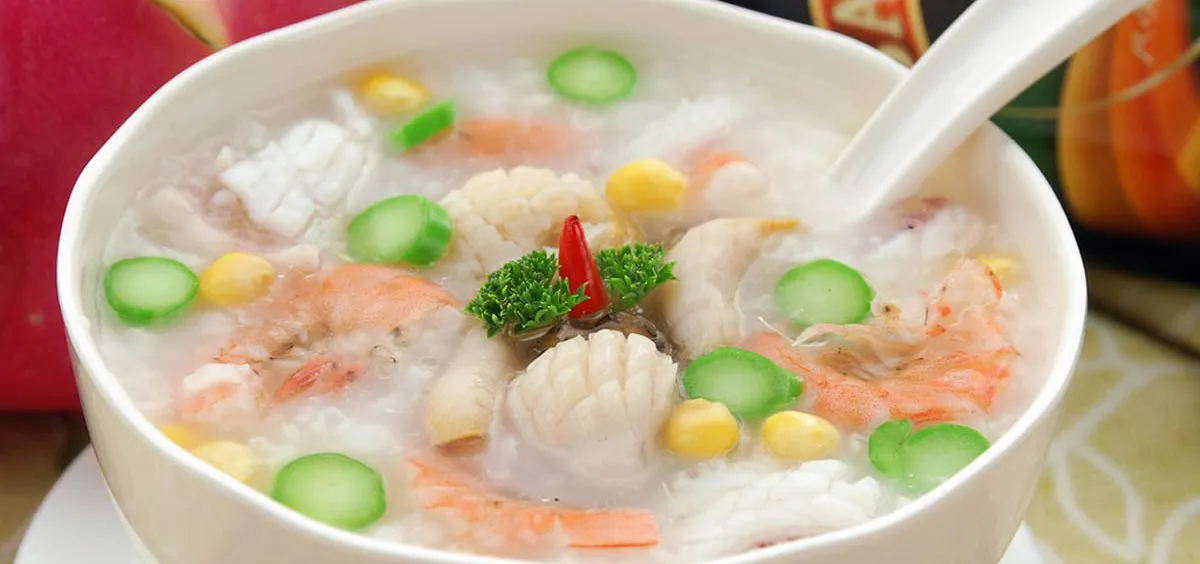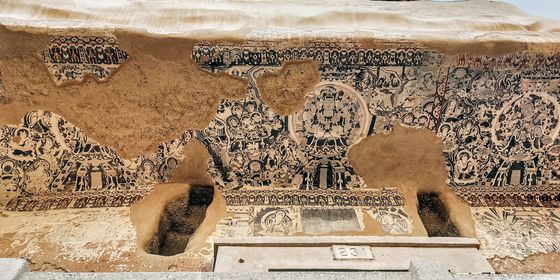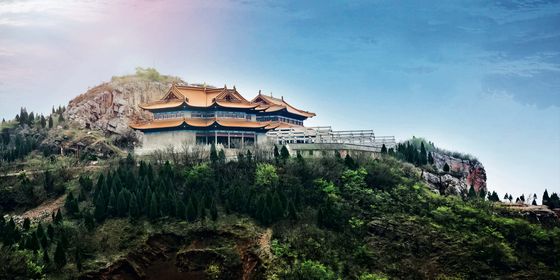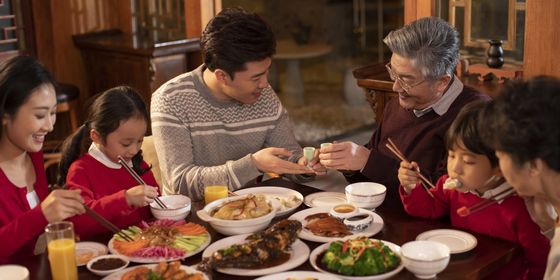Is xifan just your average zhou? A look at what is—and isn’t—considered porridge in China
Today is World Porridge Day (really). Porridge, which we’ll define as a dish made by boiling ground starchy plants—typically grain—in water or milk, has a long history in China, where it is known as zhou (粥), and, like other liquid foods like soup, “drunk” rather than “eaten”.
The Book of Zhou, a historical record focusing on the period between 557 and 581, mentioned that The Yellow Emperor (a legendary emperor in China, whose reign was supposedly 717-2599 BCE) cooked cereals to make porridge (黄帝烹谷为粥).
Originally, porridge was just food. But about 2,500 years ago, it began to be used for medicinal purposes. The Historical Records states that in the Han dynasty, famous physician Chunyu Yi used Huoqi Porridge to treat illness. And Zhang Zhongjing, an eminent Chinese physician in the Eastern Han dynasty known as the “Medical Sage,” wrote in his book Shanghanlun that having some porridge after taking medicine can enhance the latter’s effect. Even today, Chinese people still believe that eating zhou is good for health, especially for the digestive system.
In Western countries, it typically comes in the form of oat porridge, which is usually eaten for breakfast. Most people just buy some ready-made or partly cooked materials, add some milk or water (often with sugar) and call it porridge. But in China, zhou has to be “cooked,” which means you need to put the ingredients and water together in a pot on heat, until it becomes cooked and even glutinous. If you just pour boiling water onto cooked rice, it is not technically considered zhou.
If you cook it after the grain is ground into powder, the dish is usually not called zhou, either, and might be called huhu (糊糊).
You may have also heard of the term 稀饭 (xīfàn), literally meaning “diluted meal”. It almost has the same meaning with porridge. Searching for “the difference between xifan and zhou” on the internet yields two explanations. One says that xifan contains more water, making it more “diluted” than porridge, while zhou is thicker and stickier. The other one says they are just two names for the same food, resulting from the regional causes. Northern people are more likely to use “zhou,” while southern people are more comfortable with the name xifan. So now you know the difference between Western and Chinese porridge!
Cover image from duitang.com












